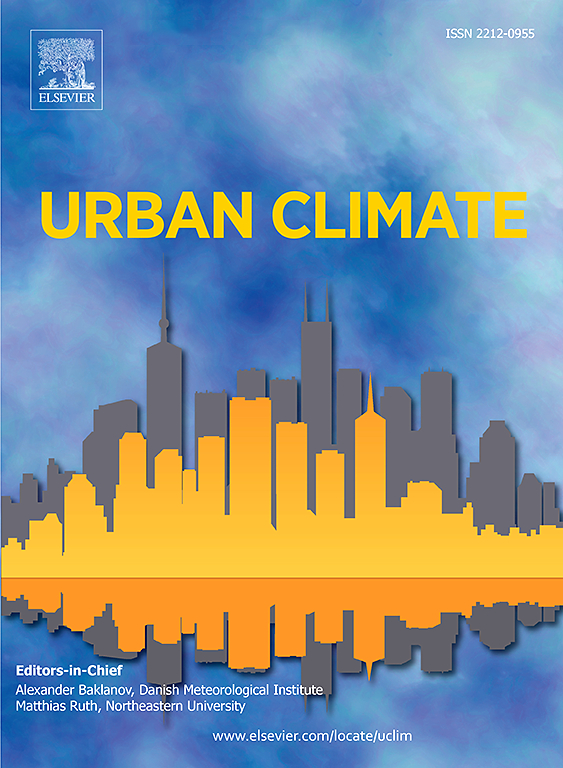Spatial connection network of the co-benefits of reducing pollutants and carbon emissions in the Yangtze River Delta urban cluster
IF 6.9
2区 工程技术
Q1 ENVIRONMENTAL SCIENCES
引用次数: 0
Abstract
Clarifying the spatial connections of the co-benefits of reducing pollutants and carbon emissions (RPCE) is important for promoting collaborative urban governance and achieving sustainable development. This study examines the overall and individual evolutionary characteristics of spatial connection network (SCN) of the co-benefits of RPCE in the Yangtze River Delta (YRD) urban cluster in China from 2011 to 2021, and employs the exponential random graph model (ERGM) to analyze its formation mechanisms in depth. The results demonstrate that this network is becoming increasingly cohesive and stable, exhibiting a typical “core-periphery” structure. A few cities (e.g., Nanjing) play a dominant role in the network, serving as the primary controllers and mediators of resource and information transmission, which requires more attention. The analysis of the formation mechanisms indicates that cities are more likely to form simple chain or bilateral connections in collaborative governance for RPCE. Meanwhile, factors such as the level of opening up, industrial structure upgrading, green technology innovation capacity, digital economy development, environmental regulation intensity, energy intensity, and fiscal capacity all have varying influences on the formation and direction of network connections. Moreover, network connections are also constrained by geographic distance, administrative boundaries and the differences in industrial specialization.
长三角城市群污染物减排与碳排放协同效益的空间联系网络
明确减少污染物和碳排放的协同效益(RPCE)的空间联系对于促进协同城市治理和实现可持续发展具有重要意义。研究了2011 - 2021年中国长三角城市群区域经济协同效益空间连接网络(SCN)的整体和个体演化特征,并运用指数随机图模型(ERGM)对其形成机制进行了深入分析。结果表明,该网络的凝聚力和稳定性日益增强,呈现出典型的“核心-边缘”结构。少数城市(如南京)在网络中占据主导地位,是资源和信息传递的主要控制者和调解者,这需要更多的关注。形成机制分析表明,城市更容易在城市区域生产力生产力协同治理中形成单链或双边联系。同时,对外开放水平、产业结构升级、绿色技术创新能力、数字经济发展、环境规制强度、能源强度、财政能力等因素对网络连接的形成和方向都有不同程度的影响。此外,网络连接还受到地理距离、行政边界和产业专业化程度差异的制约。
本文章由计算机程序翻译,如有差异,请以英文原文为准。
求助全文
约1分钟内获得全文
求助全文
来源期刊

Urban Climate
Social Sciences-Urban Studies
CiteScore
9.70
自引率
9.40%
发文量
286
期刊介绍:
Urban Climate serves the scientific and decision making communities with the publication of research on theory, science and applications relevant to understanding urban climatic conditions and change in relation to their geography and to demographic, socioeconomic, institutional, technological and environmental dynamics and global change. Targeted towards both disciplinary and interdisciplinary audiences, this journal publishes original research papers, comprehensive review articles, book reviews, and short communications on topics including, but not limited to, the following:
Urban meteorology and climate[...]
Urban environmental pollution[...]
Adaptation to global change[...]
Urban economic and social issues[...]
Research Approaches[...]
 求助内容:
求助内容: 应助结果提醒方式:
应助结果提醒方式:


